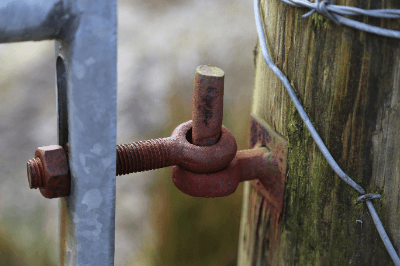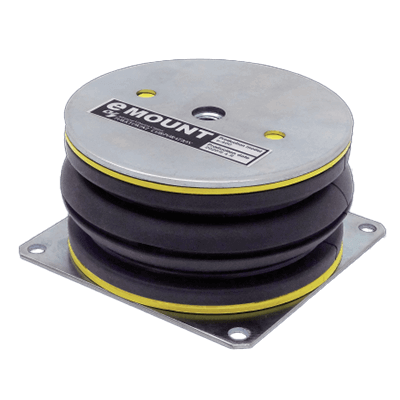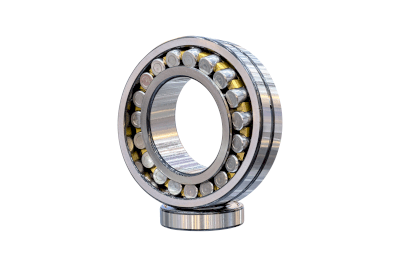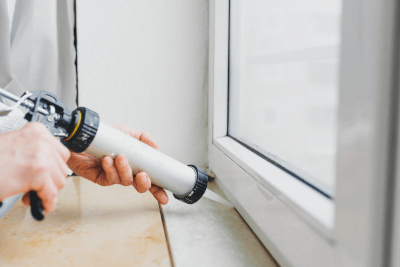What Is a Torque Wrench?
A torque wrench is a wrench that allows you to check how much force (torque) you have tightened a bolt. Industrial products, including automobiles, have regulations on how much force is required to tighten bolts, and bolts must be tightened with the specified torque when assembling products.
When replacing automobile tires, it is often the case that the bolts are tightened with the appropriate force using the wrench that comes with the automobile.
Usage of Torque Wrenches
For mechanical products that use bolts to fasten parts, the amount of force (torque) required to tighten bolts is always considered at the time of design, and parts must always be tightened to the torque specified at the time of assembly.
If bolts are tightened with less torque than the specified torque, the bolts may loosen in the worst case, leading to product failure or a serious accident. If a bolt is tightened with more force than the specified torque, the bolt may break, which may also lead to a serious accident.
Principle of Torque Wrenches
Torque wrenches can be mechanical or digital, depending on the display of the measured value. The most typical mechanical type is the preset type. In the preset type, the torque value to be tightened is set before tightening a bolt, and when the bolt is actually tightened, a sound and response indicates that the bolt has been tightened with the set torque. After this sound is heard, the bolt cannot be tightened with any more torque.
A plate type torque wrench is also widely used for mechanical type. The preset type Torque Wrench measures the torque by compressing the spring, while the plate type Torque Wrench can measure the tightening torque by observing the amount of tilt of the metal rod (wrench itself) when the bolt is tightened. The plate type torque wrench is simple in structure and has few moving parts, so it can be used for a long time. However, since it is necessary to read the scale while tightening torque, the operator may not be able to read the measured value alone, depending on the angle of the bolt.
Digital type torque wrenches use a sensor to measure torque, but since the torque setting and measured value can be displayed on a digital display, they are more accurate than mechanical type wrenches.
How to Use a Torque Wrench
When using a pre-set type torque wrench, adjust the size and tightening force according to the size of the target bolt or nut in advance. When the pre-set torque value is reached, the wrench will vibrate to indicate the end position of the nut.
When a digital type is used, the screen displays the torque value that is currently being tightened. Therefore, fine adjustment of tightening can be made. As with the preset type, it is also possible to give a sound or light signal at the torque value you have set.
How to Choose a Torque Wrench
The following are things to keep in mind when selecting a torque wrench.
Torque Value
Torque wrenches have different ranges of measurable torque values depending on the product. If the torque wrench is used beyond the measurable torque value, it may cause damage or loss of accuracy. Conversely, using a torque value that is too small for the measurement range will also reduce measurement accuracy.
Applications
For tightening various nuts with different torque values, the adjustable pre-set type is recommended. On the other hand, a single-purpose Torque Wrench is recommended for tightening nuts with the same torque value over and over, such as tightening wheel nuts.
Required Accuracy
Torque wrench accuracy is higher with digital wrenches, some of which can achieve an accuracy of 1 Nm, so a digital type is recommended when high accuracy is required. However, digital type torque wrenches are more expensive than preset type torque wrenches, and there are disadvantages, such as the possibility of running out of battery power.



